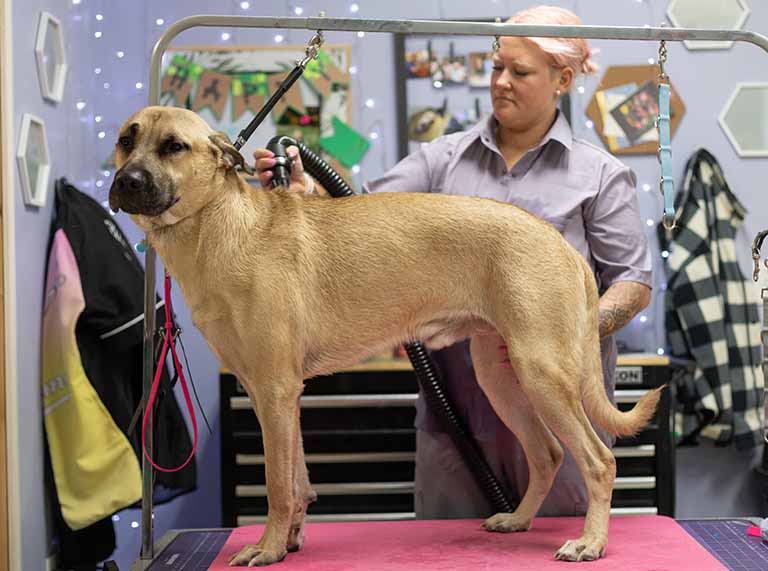Grooming sessions can be a source of stress and anxiety for many dogs, presenting challenges for both pet owners and groomers alike. Understanding the underlying causes of canine anxiety at the grooming salon is essential for effectively addressing and alleviating these concerns. By recognizing signs of distress and implementing proactive measures, pet owners and groomers play pivotal roles in creating a positive grooming experience for dogs.
This blog explores the reasons why dogs experience anxiety at the groomers, how groomers manage anxious dogs, and ways pet owners can support their dogs to make dog grooming a positive experience for everyone.
Why do Dogs Get Anxiety at the Groomers?
Entering a grooming salon can be an overwhelming experience for dogs predisposed to shyness or anxiety. The sound of barks and unfamiliar scents and people can set the stage for a nervous encounter. Past negative experiences can also bring up their fear. A dog that has had a bad grooming session or struggles with separation anxiety may associate the grooming salon with stress and discomfort.
This may surprise many pet owners, but the anxiety dogs experience at the groomers is often primarily triggered from their owners. While it’s natural for canines to experience some apprehension during grooming check-in, their anxiety can escalate when they sense nervousness from their owners. Despite good intentions, pet owners may inadvertently encourage their dog’s anxiety by attempting to comfort them before handing them off to the groomer. Dogs are highly attuned to their owner’s emotions and can mirror their anxiety levels. Owners unknowingly contribute to their dog’s distress by transmitting anxious energy which causes the pet’s nervousness at the grooming salon.
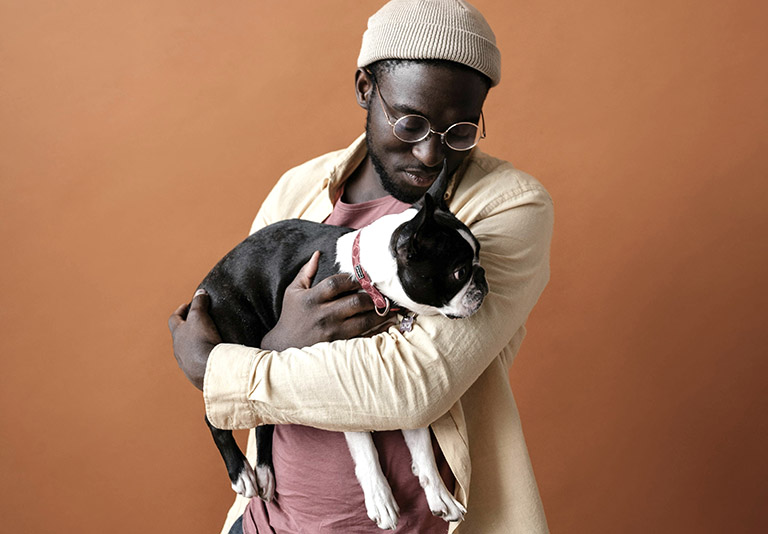
The Signs of Dog Anxiety at the Groomers
Signs of anxiety in dogs can show in various ways, often recognizable through subtle cues and behaviors. Observing the whites of their eyes, reddening of the skin and frequent yawning can signal a dog’s unease. Shaking, aggression or displaying inappropriate bathroom practices may further indicate the heightened levels of anxiety. Rapid breathing, attempts to flee or escape the grooming area, excessive drooling, trembling and whining are additional signs that suggest discomfort or distress in these situations. Vocalization such as barking or growling, along with seeking comfort could also be signs of anxiety. In severe cases, dogs may exhibit aggressive behavior, including snapping and biting, as a response to overwhelming stressors.
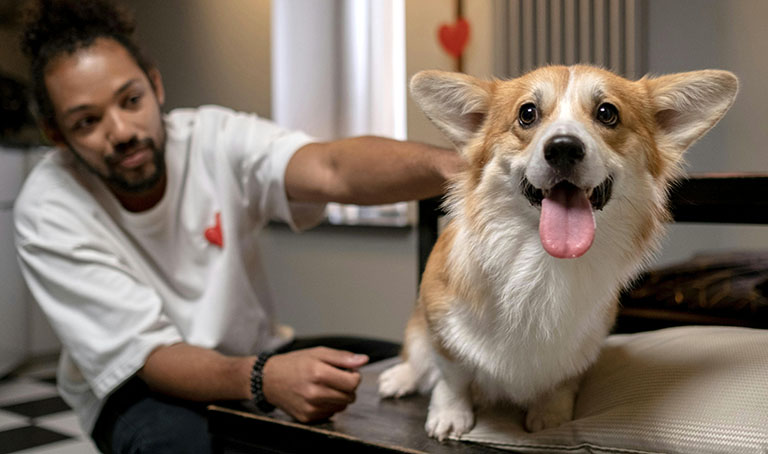
How Groomers Handle Dogs with Anxiety
Professional groomers diligently monitor a dog’s behavior to discern any signs of stress during grooming sessions. They offer breaks when needed and use gentle techniques like petting and soft talking to calm the dog to create a reassuring environment. In instances where the dog’s stress persists or escalates, groomers promptly call the pet’s owners to discuss ending the grooming session and attempting to complete it a different day.
The dog’s comfort and safety are the priority in these situations. The groomer tailors the experience to the individual animal’s needs and temperament. They adhere to a pace that aligns with the dog’s tolerance level, refraining from pushing beyond what the dog can handle. This creates a positive grooming experience that prioritizes the dog’s emotional well-being alongside its physical appearance.
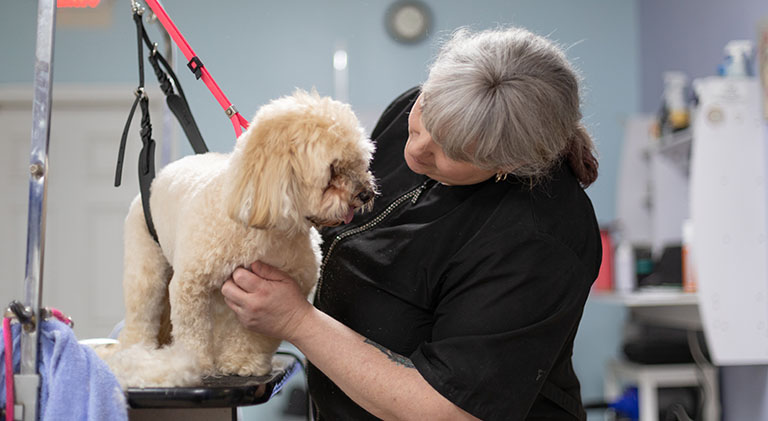
How Pet Owners can Help with Dog Anxiety at the Groomers
Desensitization
Consistency and gradual exposure are key to desensitizing pets to grooming-related fears and transforming the grooming experience into a positive one. One effective strategy is to get your dog used to the atmosphere at the grooming salon by incorporating regular visits into your pet’s monthly routine. These visits can serve as opportunities for pets to interact with salon employees, their designated groomer or the grooming team and shop for treats or toys. This reinforces positive associations with the grooming salon.
Moreover, pet owners can implement at-home desensitization techniques to ease their pet’s apprehensions about specific grooming tasks. Consistent handling for your pet’s feet and gentle brushing of their faces can help familiarize them with these actions and diminish any associated fears. Additionally, using a blow dryer on the lowest setting to acclimate your canine to the noise and sensations, as well as practicing with scissors nearby (without actually using them on the pet), can help normalize these grooming tools. Encourage your dog to sniff and investigate each grooming tool before using it near or on them to help them understand the object better. It’s crucial to conduct these exercises in a relaxed and low-stress environment to ensure the pet feels safe and secure. Offer rewards to your pet at the conclusion of each practice session to help them associate positivity with grooming actions.
By gradually introducing these activities in a controlled setting, pet owners can help build their pet’s confidence and comfort levels, ultimately creating a smoother grooming experience for both the pet and the groomer.
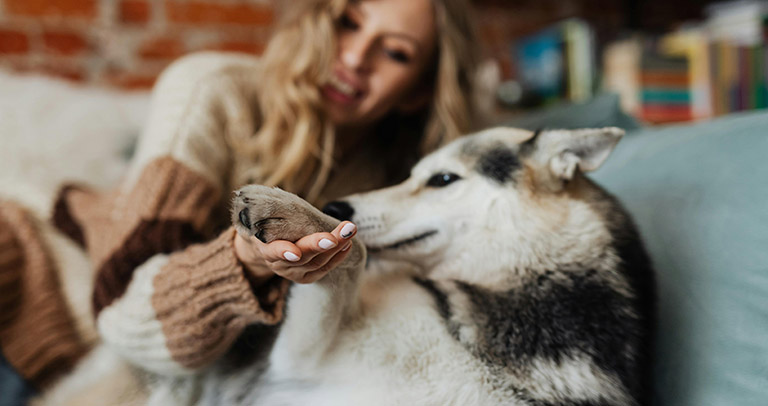
Frequent Grooming Appointments
Maintaining a consistent grooming appointment schedule fosters the relationship between your dog and their groomer while ensuring familiarity with the grooming process. Extended intervals between appointments may lead to regression in a dog’s comfort level with grooming, potentially bringing back the anxiety. Moreover, infrequent grooming sessions can contribute to a deteriorated coat condition, making brushing, cleaning and styling more challenging during the session. This prolonged and demanding grooming process may rekindle your dog’s anxiety and reintroduce negative associations with the grooming salon. To prevent such challenges, we recommend booking grooming appointments every 4-6 weeks, taking into account the specific breed and coat type of your dog.
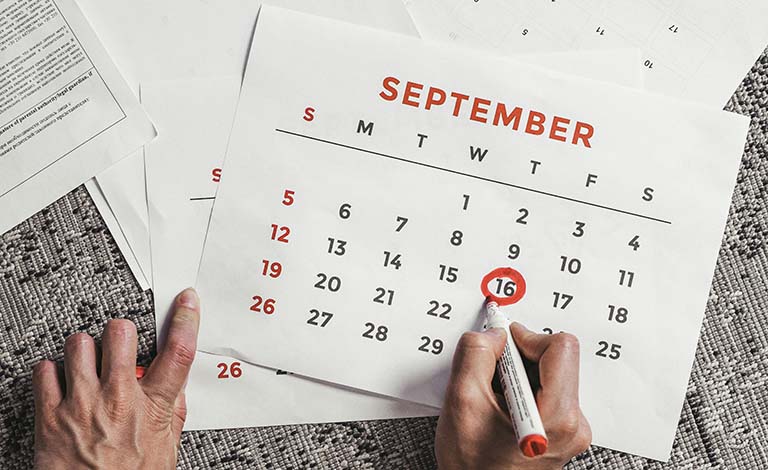
Introduce Puppies to Grooming Early
Early exposure to grooming is crucial for puppies, as it lays the foundation for a positive grooming experience in the future. It’s advisable to introduce puppies to the grooming salon as soon as possible to familiarize them with the environment and the grooming process. At Smoochie Pooch, we’ve noticed a measurable difference in the anxiety between dogs who begin grooming early in life, as these early experiences help puppies become comfortable with grooming procedures and reduce potential anxiety or fear associated with future visits. Ask us about our Puppy Package to begin acclimating your pet to the process and help make it a success!
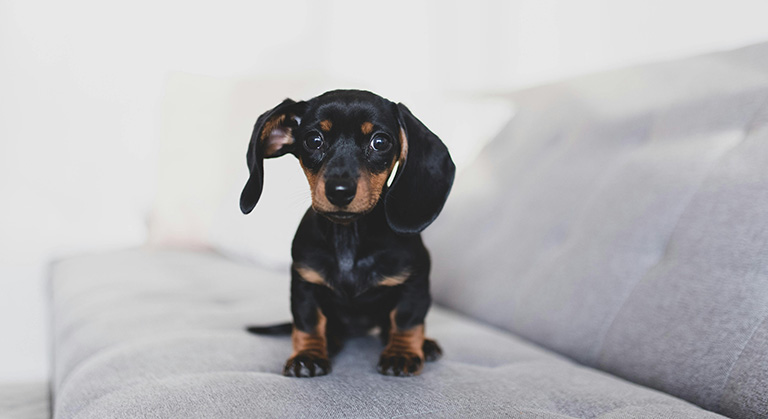
Exercise Before Grooming Appointment
High-energy breeds or dogs prone to anxiety can benefit significantly from exercise before grooming appointments. Prior to the appointment, engage your pooch in activities such as a long walk or energetic game of fetch in the backyard. These exercises allow them to expend excess energy and stimulate their senses, which can help calm them down before the trip to the local dog groomers. Whether your dog is naturally energetic or tends to be anxious, incorporating exercise into their routine before grooming appointments can promote a more relaxed and cooperative demeanor during the grooming process.
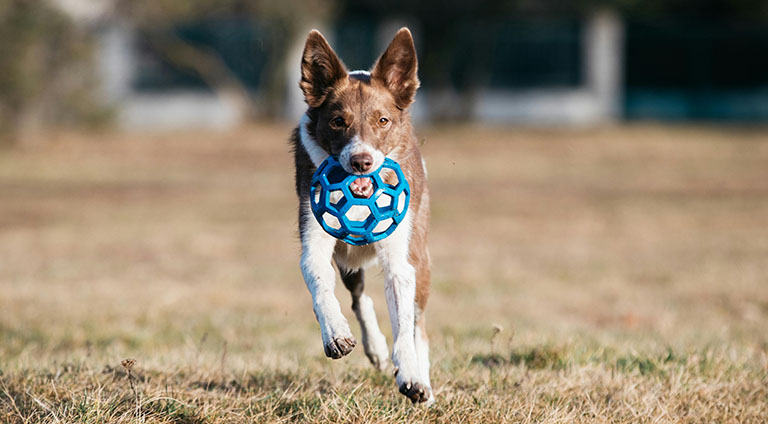
Medications and CBD for Anxious Dogs
Medications designed to calm dogs during grooming sessions are available. If your dog experiences extreme anxiety or fear during grooming, you may want to consult your vet to explore medical options to help them relax (though not put them to sleep). While various anti-anxiety medications are effective for dogs, not every medication is suitable for every dog. Always seek guidance from your veterinarian before administering any medications to your dog.
CBD oil and supplements induce a calming effect, decrease aggression and support a more balanced behavior in pets who experience low-to-moderate anxiety levels at the groomer. Their suitability varies depending on individual pets, however, so what may work well for one pet may not do the trick for another. CBD also has the ability to wear off over time, so keep in mind that a pet’s anxiety levels may fluctuate during the grooming process as a result.
Our recommendation is to ensure you understand how your pet handles CBD before trying the supplement during a grooming session. Doing this allows you to understand how the CBD affects your pet as well as how long the effects last. Always test out CBD at home before bringing your pet to the groomers on a new supplement or medication. Learn more in our blog about CBD for dogs.
Consulting with your veterinarian can help determine the most appropriate approach for addressing your dog’s specific needs while ensuring their well-being. While medications may be needed or helpful for some pets, we want to stress the importance of behavioral training, desensitization and frequent, early exposure to grooming to help make the process a success – and utilizing medications under the guidance of your veterinarian only if your pet still exudes excessive anxiety.
Positive Reinforcement After the Grooming Session
The moment your dog is released to you after their grooming session presents an ideal opportunity to reinforce positive associations with the experience. Showering them with love, affection and rewards, such as treats or a favorite toy, can help solidify their confidence and contentment. Additionally, if the grooming salon offers a boutique, allowing your dog to select a treat, bone or toy before leaving further reinforces a positive connection between the local pet salon and rewards.
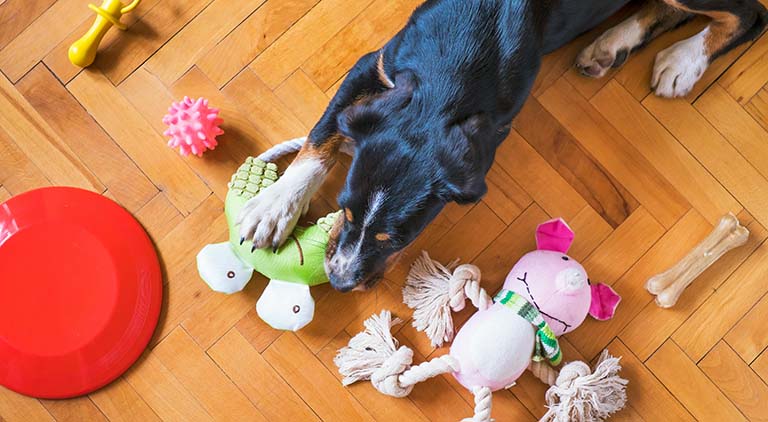
Implementing Support Strategy
Desensitization techniques, frequent grooming appointments and positive reinforcement strategies can help ease anxiety and promote a sense of calm during grooming sessions for your dog. By prioritizing the emotional well-being of your dog and fostering positive associations with the grooming experience, you can ensure that trips to the pet salon are a success. Through collaboration, pet owners and groomers can create a grooming environment that is both stress-free and supportive to your beloved canine companion.


